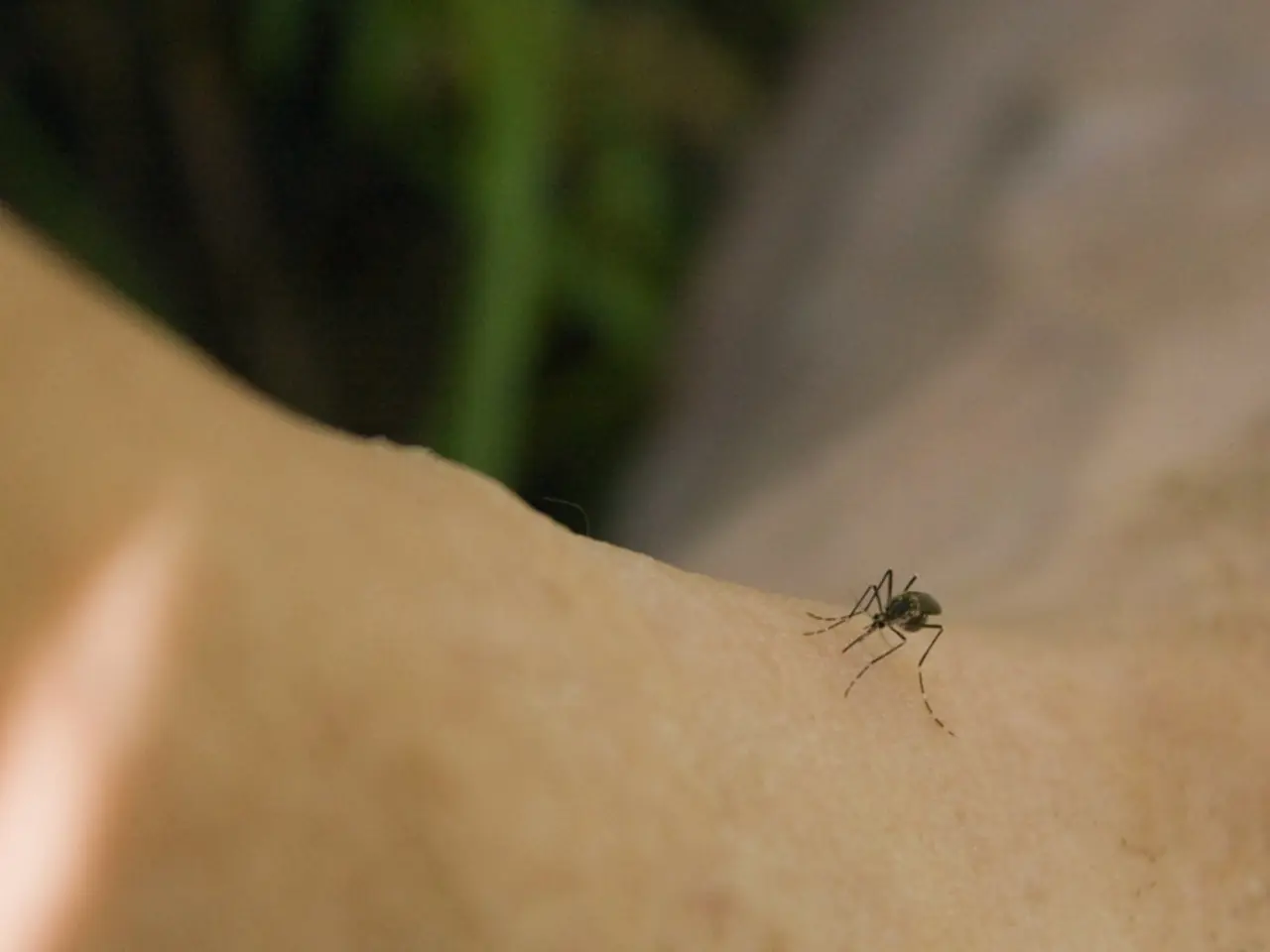Skeeter Syndrome: Remedies and Home Solutions
Skeeter Syndrome, a severe allergic reaction to a mosquito bite, can cause discomfort and distress. However, there are several effective home remedies that can help alleviate the symptoms of this condition.
For immediate relief, applying ice or a cold compress to the bite area for 5 to 10 minutes can significantly reduce inflammation, numb pain, and slow the histamine response that causes itching and swelling. Baking soda, with its alkaline properties, can also help neutralize skin pH and relieve itching and inflammation. A paste made by mixing one tablespoon of baking soda with enough water and applied for 10 minutes can provide soothing relief.
Oatmeal, known for its anti-inflammatory and antioxidant properties, can also be beneficial. A paste made from pulverized oatmeal or using colloidal oatmeal in a bath can help reduce itching and soothe the skin. Chamomile tea, with its terpenoids and antioxidants, can calm irritated skin and decrease swelling. A cooled chamomile tea bag held on the bite for about 10 minutes provides relief and can be reused throughout the day.
Raw honey, with its natural antibacterial and anti-inflammatory properties, can help reduce redness, swelling, and promote healing. Dabbing a small amount on the bite and leaving it for 15 to 30 minutes before rinsing can provide relief.
Over-the-counter 1% hydrocortisone cream can alleviate itching and inflammation but should be used cautiously and not for prolonged periods to avoid side effects like skin discoloration. Oral non-sedating antihistamines such as loratadine or cetirizine can help reduce itching and swelling from allergic reactions to bites, especially in more severe cases or if itching persists. Topical lidocaine or similar numbing agents provide temporary relief from pain and itching.
Additional measures include cleaning the bite area gently with soap and water to reduce infection risk and avoiding scratching to prevent worsening inflammation or secondary infection.
In children, care should be taken to avoid overuse of anesthetics or antihistamines due to potential side effects, and hydrocortisone cream is generally not recommended. In rare cases of severe reactions, medical treatment such as autoinjectable epinephrine might be necessary.
These remedies address the key symptoms of Skeeter Syndrome—inflammation, swelling, redness, itching, and pain—and can be used alone or in combination for effective home care. If symptoms worsen or signs of serious allergic reactions appear, seeking medical attention is important.
For prevention, DEET is an effective mosquito repellent, with products containing 6-25% DEET providing 2-6 hours of protection. It is important to avoid scratching or dirtying the area as it heals.
By understanding these home remedies, you can be better prepared to manage Skeeter Syndrome and enjoy your outdoor activities with peace of mind.
- The alkaline properties of baking soda can help neutralize skin pH and relieve itching and inflammation associated with Skeeter Syndrome.
- Chamomile tea, known for its terpenoids and antioxidants, can calm irritated skin and decrease swelling, providing relief for the bite area of Skeeter Syndrome.
- Raw honey, with its natural antibacterial and anti-inflammatory properties, can help reduce redness, swelling, and promote healing in Skeeter Syndrome.
- Over-the-counter 1% hydrocortisone cream can alleviate itching and inflammation in health-and-wellness routines, but should be used with caution to avoid potential side effects.
- In the realm of mental-health and wellness, it's crucial to practice self-care in managing stress and negative emotions, just as one takes care of Skeeter Syndrome at home.




